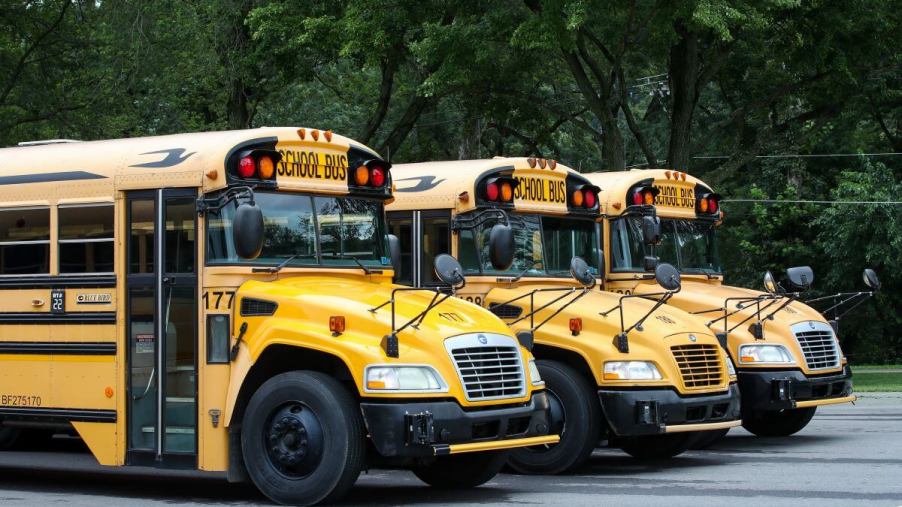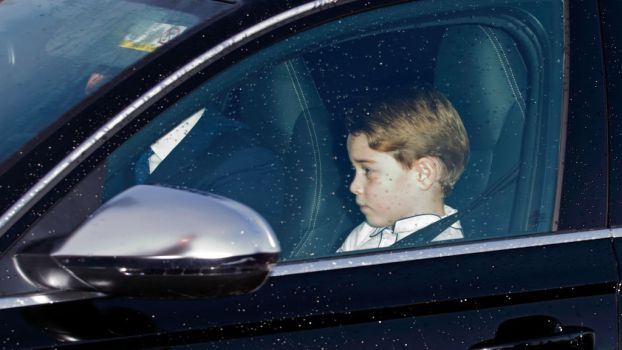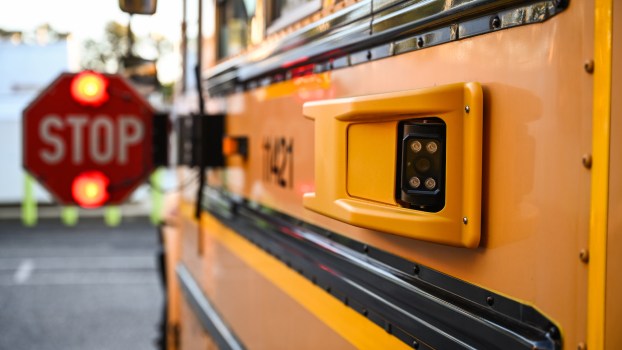
Why Don’t School Buses Have Seat Belts? The Reason Might Surprise You
Summer is winding down, and the first days of school are finally upon us. For many families, that means camping out at the local bus stop so their kids can hitch a ride to their first day of school. However, when it comes to school bus safety, you might find yourself wondering: why don’t school buses have seat belts, and are they safer without them?
How safe are school buses?
When it comes to hitching a ride to school, riding the school bus is the safest way to go about it. In fact, the NHTSA reports that while four to six school-age children die each year on school vehicles, school buses are the safest vehicles on the road. Additionally, the NHTSA says that children are 70 times more likely to get to school safely than traveling by car.
While such statistics are impressive, it’s important to note what makes school buses safer than other cars. A lot of it comes down to how school buses are designed. Unlike other vehicles on the road today, school buses offer better crash and rollover protection, HowStuffWorks reports.
That’s because they use “compartmentalization,” which includes spacing seats close together. Additionally, school bus seats feature high, energy-absorbing backs. These seats are designed to prevent children from being tossed around in a crash.
Why most school buses don’t have seat belts
As safe as school buses are, it’s important to note that most school buses don’t have seat belts. While seat belts are an absolute necessity in most cars and have been since 1968, that’s not always the case with school buses. Why is that? It’s because seat belts just aren’t necessary for school buses.
“There is no question that seat belts play an important role in keeping passengers safe in these vehicles. But school buses are different by design, including a different kind of safety restraint system that works extremely well,” the NHTSA explains.
And that safety restraint system? It’s all in how school buses are designed. In fact, remember that term compartmentalization? It’s why school buses don’t have seat belts. “Through compartmentalization, children are protected from crashes by strong, closely-spaced seats that have energy-absorbing seat backs,” the NHTSA added.
However, while most school buses don’t have seat belts, some do. In fact, the NHTSA requires that small school buses or school vehicles with a gross vehicle weight rating of 10,000 pounds or less be equipped with lap or lap/shoulder belts.
Now is the time to talk to your kids about school bus safety
Chances are, you’ve spoken to your kids about the importance of wearing a seat belt. With the first days of school quickly approaching, now is the time to talk to your kids about school bus safety. While that likely won’t include buckling themselves in, Safe Kids recommends following these tips when talking to your kids about school bus safety:
Not only should your child know where their bus stop is, but they should also be taught to stand at least three steps back from the bus stop. Once the bus has arrived, talk to your kids about waiting to board the bus until it has come to a complete stop.
Next, talk to your kids about boarding and exiting the bus. Not only should children board the bus one at a time, but they should also use the bus’ handrails. Finally, once on the bus, children should always remain in their seats.
Are school buses safer without seatbelts?
School buses are designed with your child’s safety in mind. And while they may not come readily equipped with seat belts, the NHTSA reports that’s OK.





